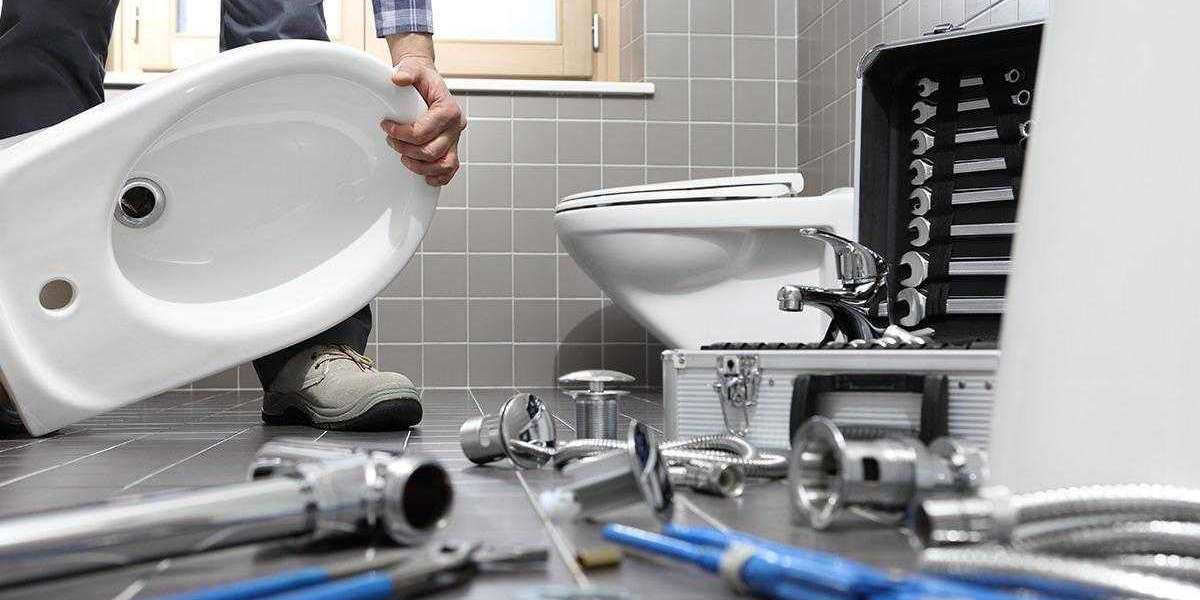Contrary to traditional open fireplaces, wood stoves are specifically designed and optimized to burn firewood. This enables them to comply with stricter emission regulations.
Wood burning stoves produce sparkling yellow flames and soft crackling noises. They also give you warmth and a warm sensation. However, the smoke it creates includes carbon monoxide and harmful air pollutants like formaldehyde, benzene and polycyclic aromatic hydrocarbons.
Efficient
Fireplaces and stoves that burn wood provide beautiful and natural heat to your home, but they are also extremely efficient. A top-quality wood burner could have an Ecodesign rating of up to 77 percent. It is vital to get the most value of your wood burner in light of increasing energy costs. The good news is that it's much easier than ever to do!
One of the most important factors in the efficiency of the wood-burning stove is is the moisture content of the firewood. This is the reason we suggest only using seasoned wood, that has been dried for a minimum of one year, and more often two years. The more dry the wood is and the more efficient it is to burn. This means lesser smoke and fewer harmful emissions.
A wood burning stove is an environmentally friendly fuel source, which is beneficial to the environment. By purchasing locally sourced wood, you also help to contribute to the active management and conservation of forests. This is beneficial for wildlife.
The only thing a wood burning stove requires in terms maintenance is to regularly remove and get rid of ash. This can be a little bit of a hassle, but is well worth it in order to ensure that you get the most heat from each log. In addition, if you wait 2-3 days for the ashes to completely cool they can be used to make an eco-friendly and non-toxic ice melt. They can also be used to polish jewellery and remove the odors.
A fireplace made of wood is a truly timeless classic. While they're not as popular than gas fireplaces, the appeal and ambiance of a roaring flame cannot be disregarded. They are ideal to snuggle to on cold winter nights, and make a warm and inviting area in your home. Choose a high-quality wood stove and you'll be benefiting for many years to come! Our expert chimney sweeps are here to help you get the most out of your stove - give us a call now to learn more.
Low Carbon
Burners that burn clean and efficiently are among the most efficient ways to save money on logs while keeping your home warm. In addition, they can also assist in local woodland management, which is a excellent way to help the wildlife that lives in your local area.
Wood-burning fireplaces and stoves create very little pollution if they are properly maintained and used with dry, seasoned and dry firewood. If they are not properly maintained or when they use wood that is of poor quality, the smoke that is produced contains fine particles commonly referred to as particulate pollution that can cause irritation to the lungs and other body organs. Carbon monoxide, toxic air pollutants such as formaldehyde and benzene, and polycyclic aromatic hydrocarbons are also present. Inhaling these types of air pollution can cause irritation of the lungs wheezing, coughing and asthma attacks. It can even cause serious health conditions such as cancer, heart disease, or premature death.
Some people are worried that wood-burning stoves cause climate change However, this isn't true. Burning wood is a carbon neutral energy source. The tree absorbs carbon dioxide throughout its lifetime. When burned the carbon dioxide is released into the air.
The wood is sourced locally, which reduces the amount pollution that is emitted in the transportation process. It is also important to use high quality, seasoned hardwoods as these will provide an extended and even burn than softwoods.
Modern, EPA certified wood stoves and heaters (such as those manufactured by Charlton Jenrick) have significantly lower emissions than older stoves. They are certified to meet 2020 EPA standards that are significantly more strict than previous emission limits.
To avoid a build up of exhaust in your home, all wood burning stoves must be vented completely to the outside. By keeping the flames away from the logs and making sure you use dry, seasoned and dry wood, all our current clean burn and DEFRA exempt stoves are capable of producing very clear exhaust and have particulate levels that are 60 percent or less below the DEFRA limit.
A wood-burning stove that has a hybrid unit or catalytic converter can provide the best low carbon heating option. These units re-ignite gases and particles from the initial burning in a second phase by mixing them with superheated air. They then channel the remaining gasses and particulates through a catalytic combustor for an additional and final combustion, further decreasing emissions to levels well below government standards.
Clean Burn
Cleanburn wood stoves are designed to burn fuel with the greatest efficiency that is possible. This results in the emission of very small particles into air when burning wood. The air management system of the stove controls the intake and ventilation of gases to ensure that the combustion process is conducted in a sealed and controlled environment. It also regulates the flame height to reduce emissions and maximize heat output.
This means that your chimney and the surrounding area will be cleaner than older stoves. Particulate matter (also known as particle pollution) from incompletely combusted wood causes respiratory problems such as wheezing and coughing and can contribute to the development of heart disease as well as stroke, diabetes, and other serious health conditions. Wood burning can also contribute to poor air quality in cities.
The smoke from poorly combusted wood is a mixture of fine particulate pollution and hazardous air pollutants like carbon monoxide, volatile organic compounds, nitrogen oxides, benzene formaldehyde, and polycyclic aromatic hydrocarbons. These particles can be absorbed into the lungs, and other organs causing discomfort, harm, and even death. Airborne dust can also harm the surfaces in your home, and can give an unpleasant sludge-like feel to rooms.
It is essential to use only top quality, seasoned, and dried firewood for your fireplace with a wood burner. Hardwoods such as oak beech, ash, and ash are the most efficient for heating. Hardwoods have a high density and BTU content, and they offer more heat than softwoods.
Check with your local authorities to find out whether they have rules regarding wood burning. These may include nuisance/odor rules and visible emissions, or the opacity limit for smoke.
It is essential to keep the glass of a wood stove with glass fronts free of grime and deposits. This can be done using a dry cloth or oven cleaner spray. Alternately, you can add bicarbonate of soda mixed with a bit of water to the glass.
Regular maintenance of your stove and chimney is also essential. This includes regular chimney cleanings to remove creosote as well as ensure proper functioning of the flue. It is also important to mark the dates of periodic inspections on your calendar. This will help you prevent costly repairs and extend your wood burner's life.
Low Maintenance
Wood burning fireplaces are popular due to their natural warmth. This kind of fireplace requires a bit of maintenance and upkeep. If not maintained and cleaned regularly, the chimney, flue and stove can all be potential sources of fires within your home. Fireplaces are also an excellent source of heat when the power goes out, especially during winter when snowstorms can cause branches to fall from trees and knock down under-hanging power lines.
 Using a wood burner to heat your home can reduce your carbon footprint considerably compared to other fossil fuel sources, such as gas. Modern wood stoves and inserts are designed to comply with EPA (Environmental Protection Agency) standards, which means that they produce very low emissions. The more well-seasoned wood that you use the more efficient your stove will be. You'll need less wood to generate the same heat.
Using a wood burner to heat your home can reduce your carbon footprint considerably compared to other fossil fuel sources, such as gas. Modern wood stoves and inserts are designed to comply with EPA (Environmental Protection Agency) standards, which means that they produce very low emissions. The more well-seasoned wood that you use the more efficient your stove will be. You'll need less wood to generate the same heat.The fireplaces need some attention and maintenance. They should be kept away from combustible material and have a screen in place. The air flow can be improved by keeping the grate clear of ash and debris. This will ensure that the fire is burning longer and your home clean. It is important to have your stove and chimney swept at least twice per year to avoid creosote accumulation that could create an fire hazard or blockage and hinder the airflow.
A wood burning stove has to be tended constantly and it could take some time for a novice homeowner to understand how to ignite, light and maintain a constant fire in the fireplace. But, once you've mastered the art of building and maintaining an open flame in your wood burner, it can be a source of enduring enjoyment that provides warmth and warmth to your home all year long.
Fireplaces that burn wood have been around in a variety of forms for nearly 500 years, and they've regained popularity due to their effectiveness and sustainability, as well as the natural warmth and aroma of real wood. Talk to your local Regency dealer about the benefits of wood stoves or inserts for your home if you're looking to buy a new heater.






